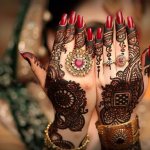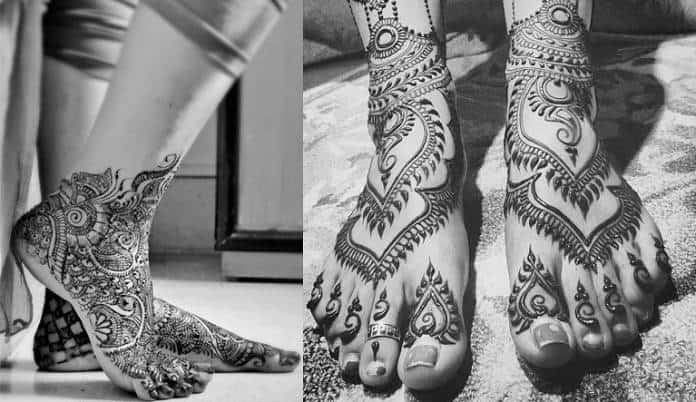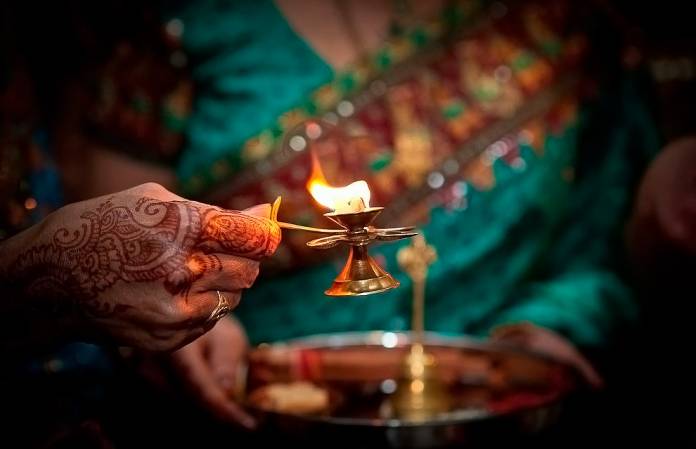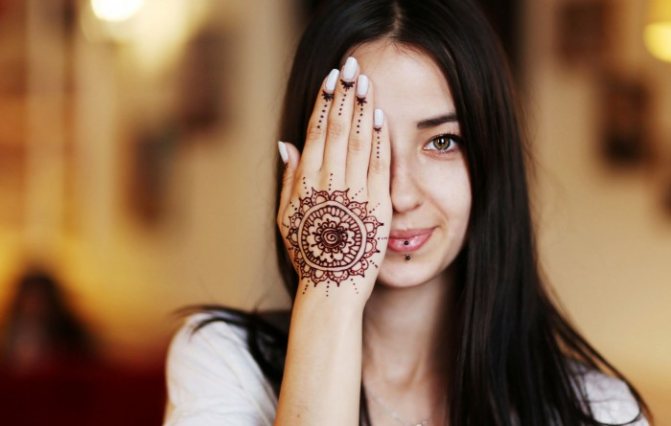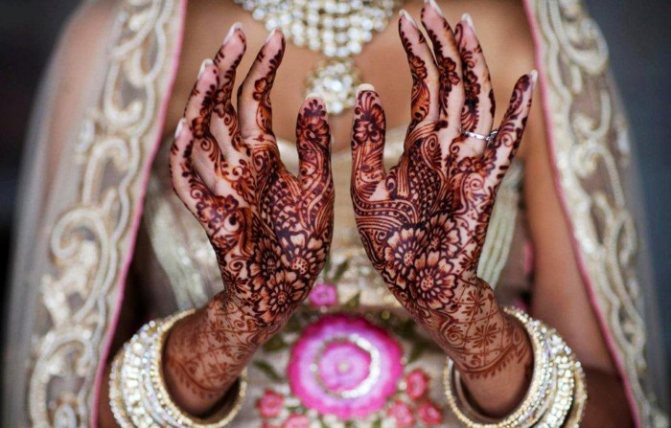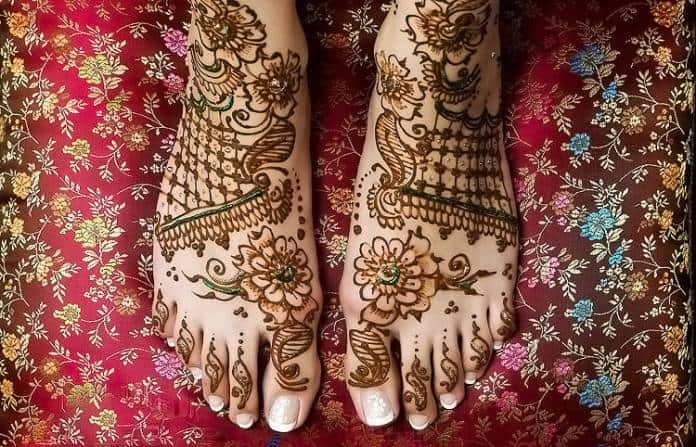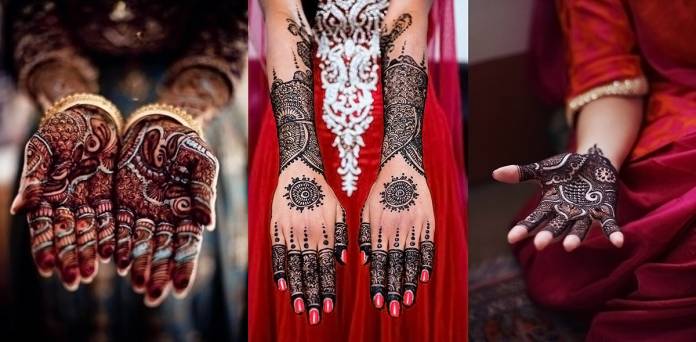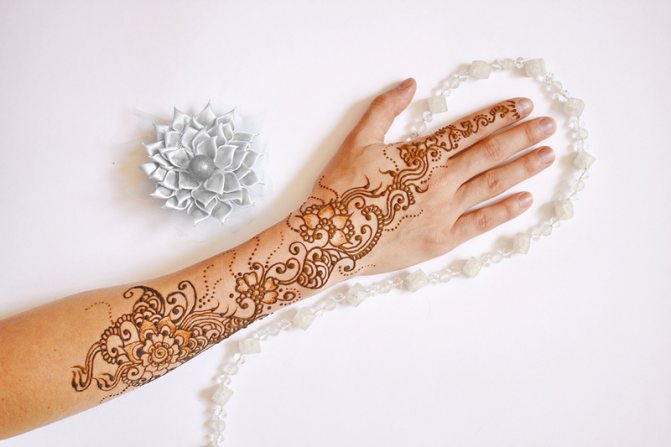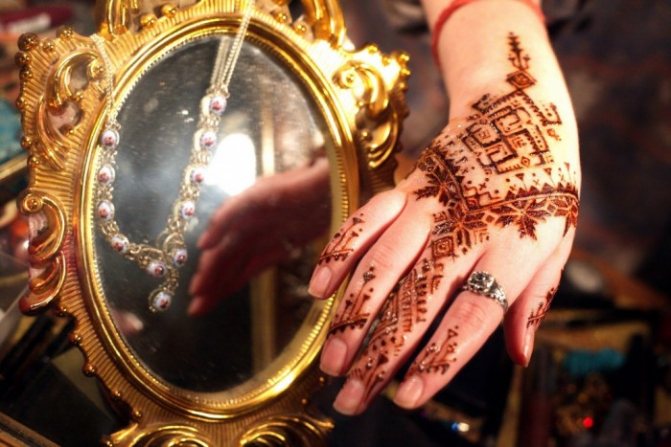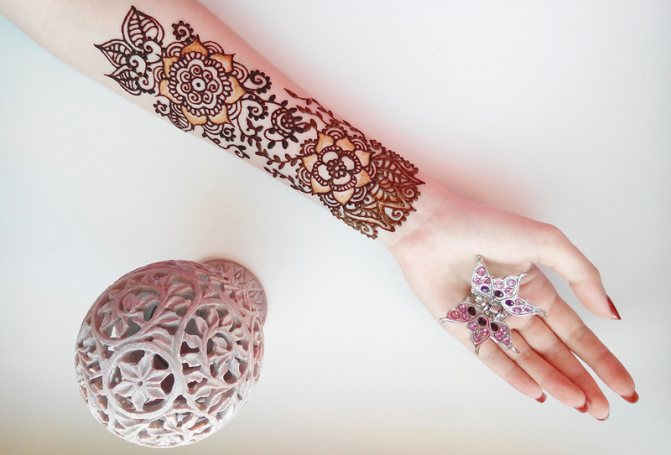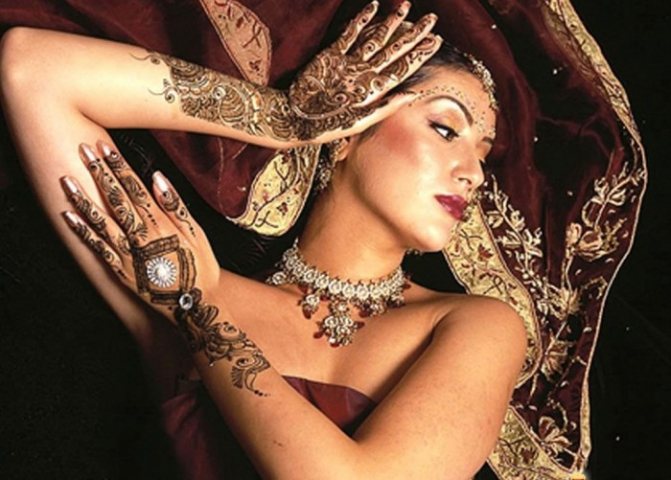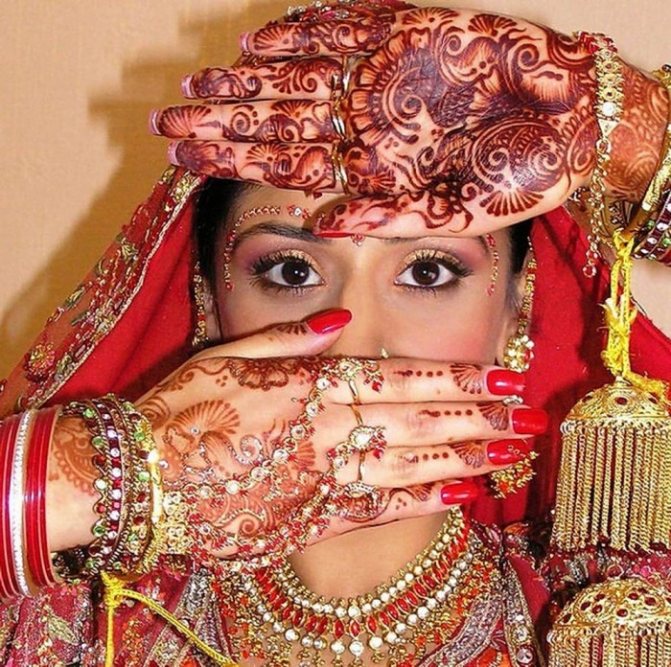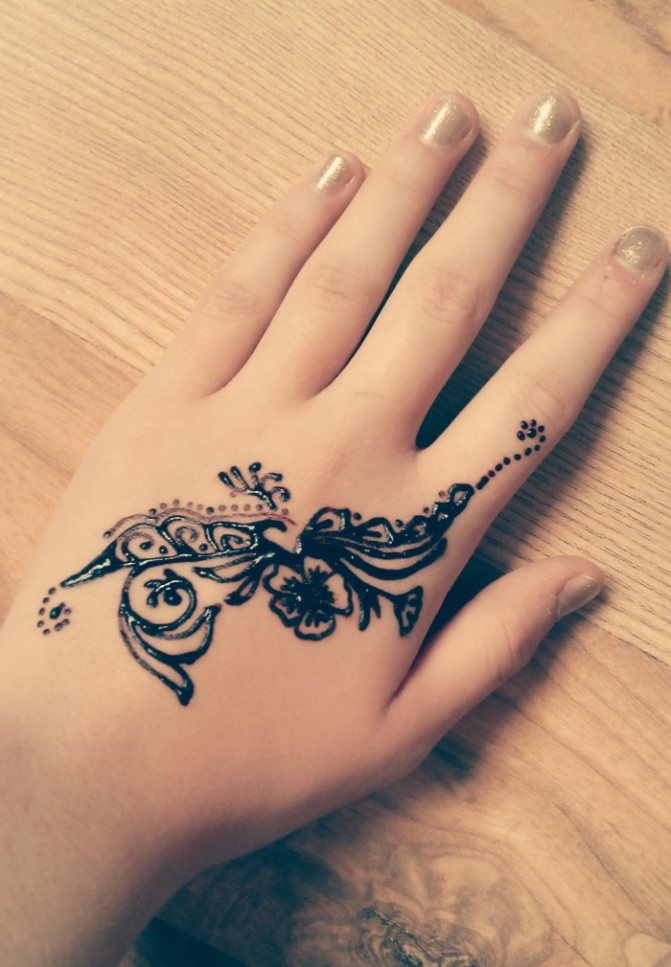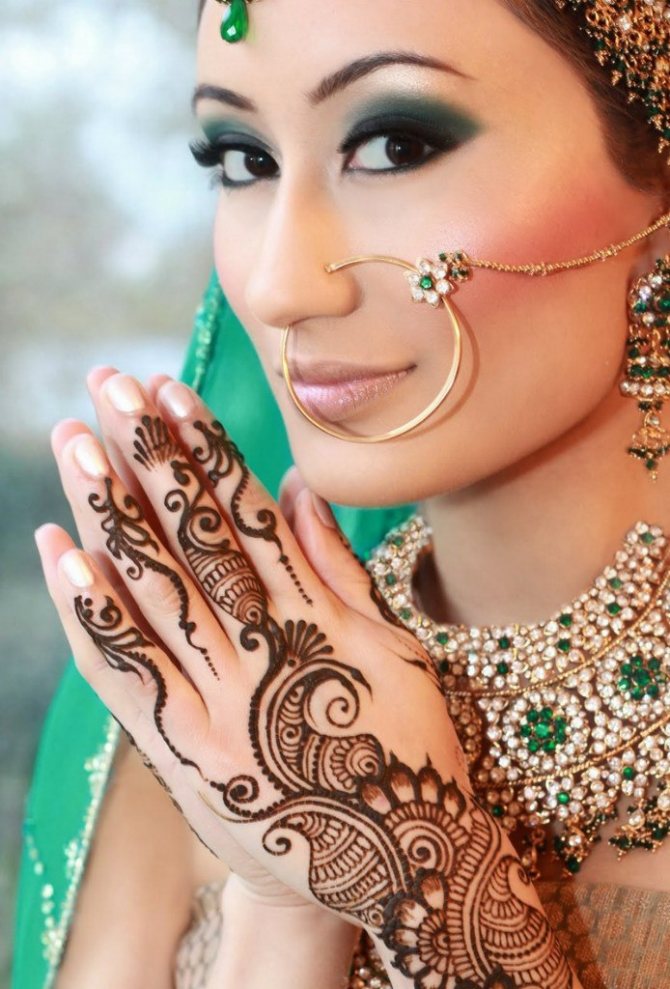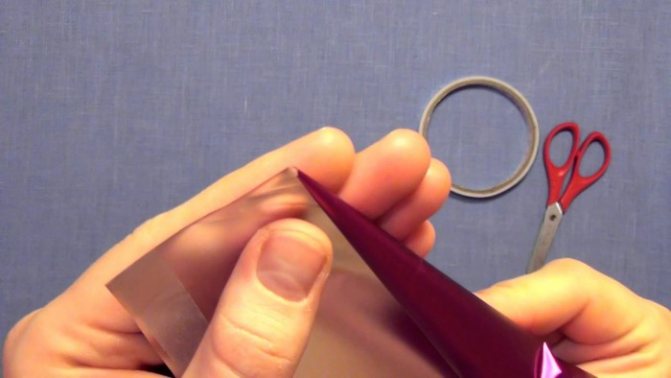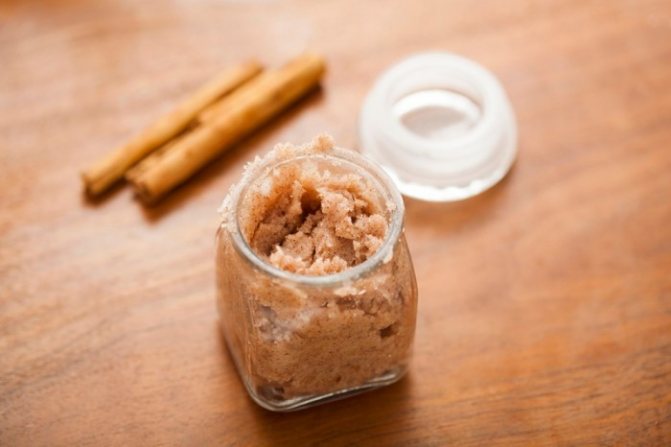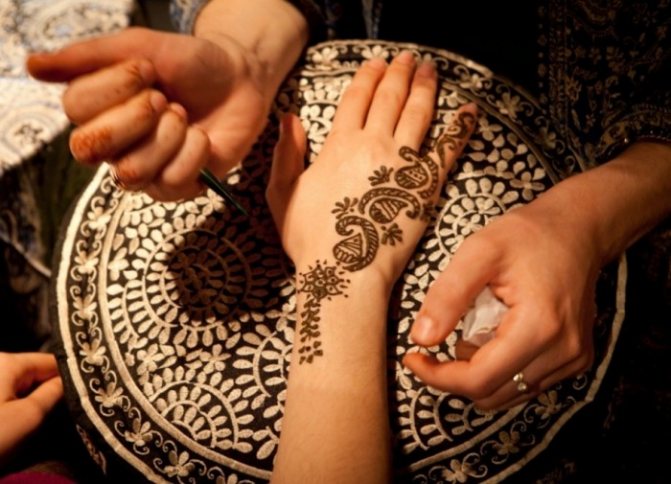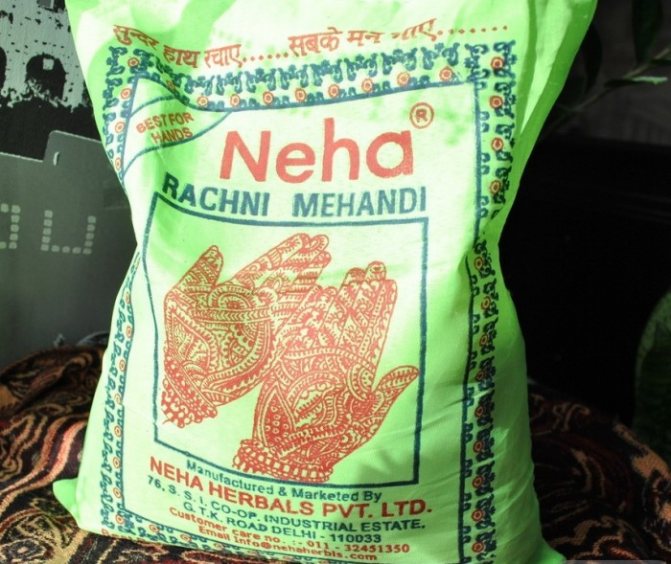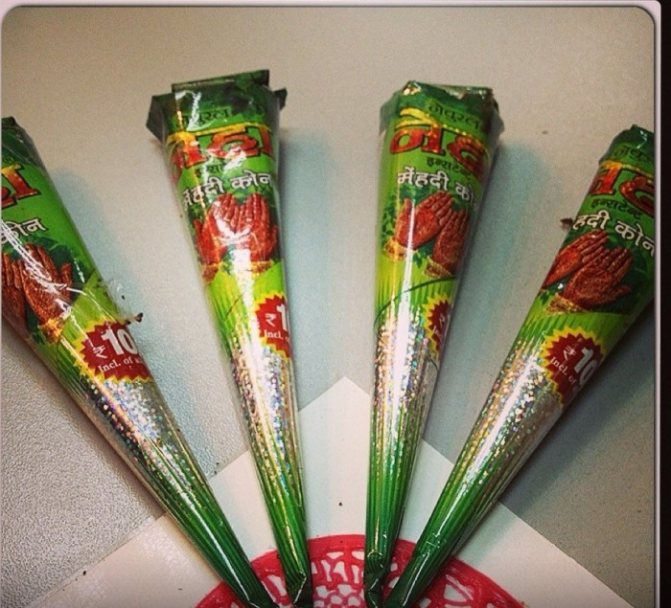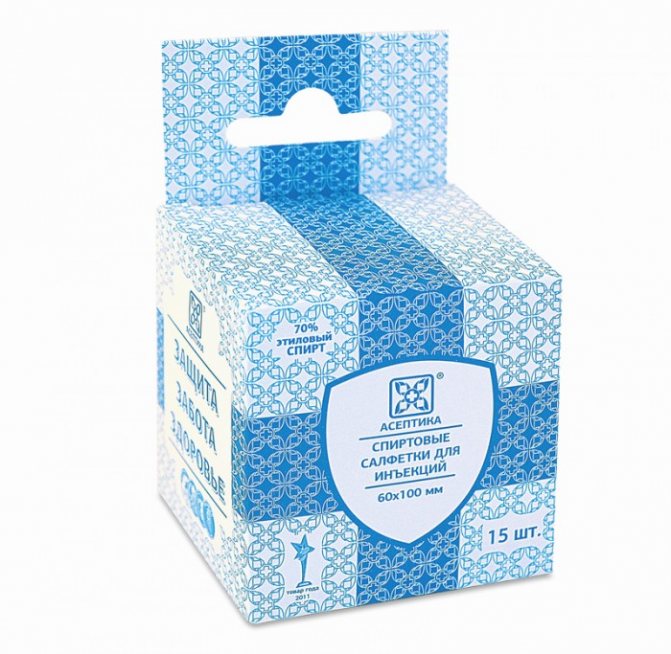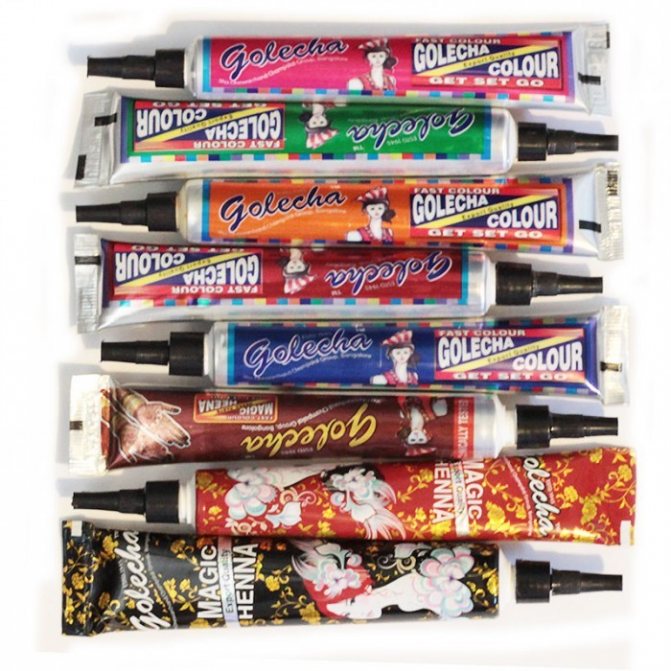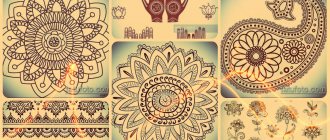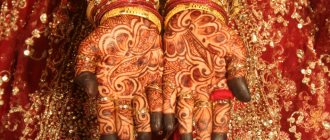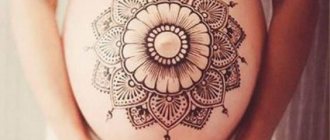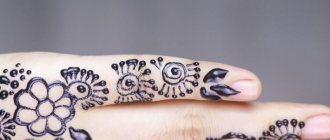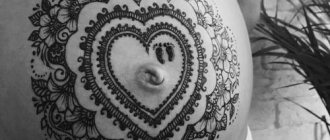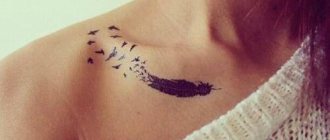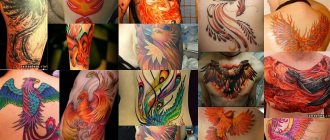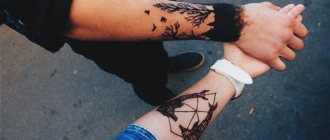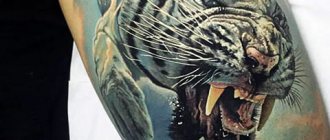Mehendi ornament is an ancient art consisting of painting on the body with certain wishes: good luck, happiness, prosperity. This method of drawing is most strongly developed in India. Today, the elements of drawing mehendi can be found all over the world, as many girls like this method of decoration. In order to better understand the style of sketching, it is recommended to study the most common meanings of mehendi symbols.
Meaning of animal symbols
Owl
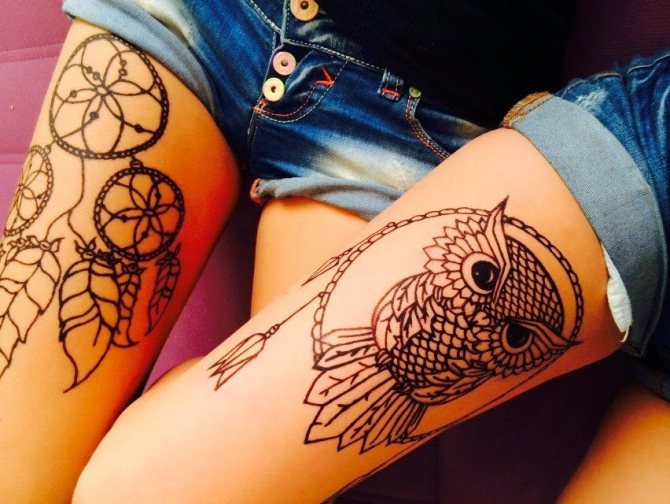
The owl in mehendi these days symbolizes wisdom. In more ancient times, this bird symbolized the ability not to be afraid of the dark and the possession of secret knowledge. The owl is a sacred animal in the history of many peoples.
Dragon
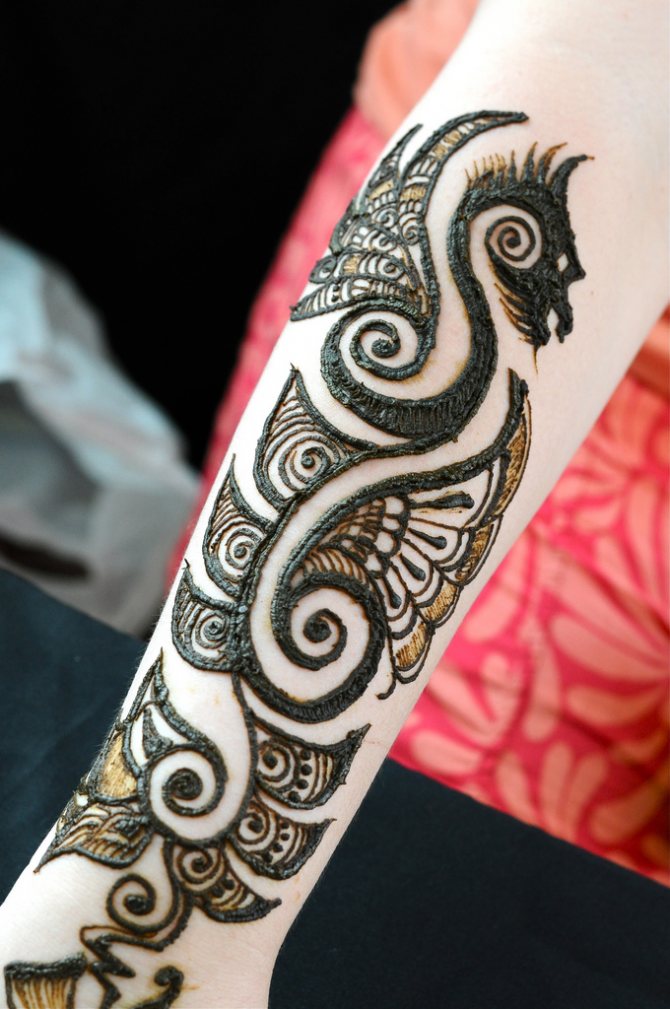

The dragon in the art of mehendi has a multifaceted meaning. It is recommended to draw it for men. Women are less likely to draw images with this animal. Dragon symbolizes dignity, generosity, determination, hidden magical abilities, creative skills.
Fox
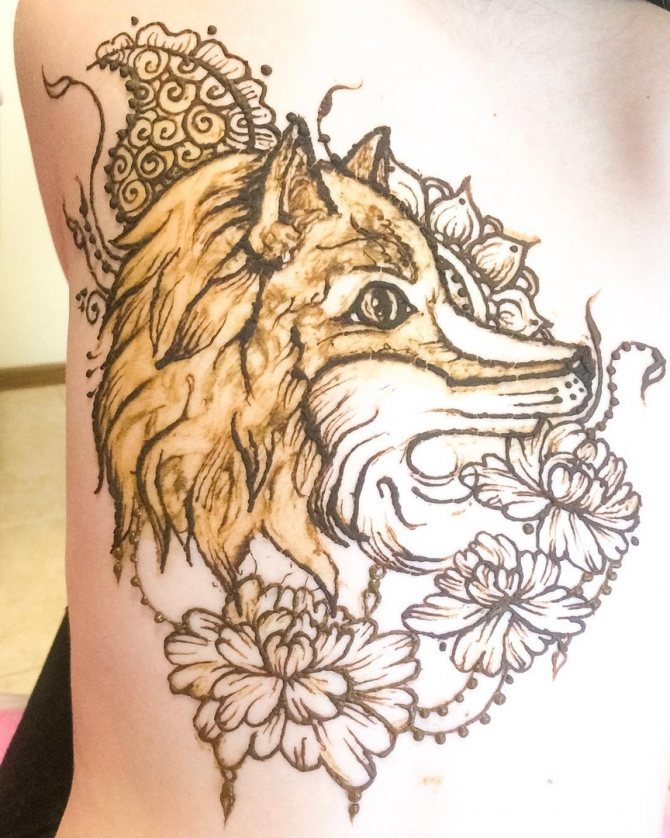

The fox in mehendi means cunning these days. Since ancient times, the fox symbolizes female charm and attractiveness. This animal is applied to the body mainly by women, because the fox is considered to be one of the symbols of femininity.
Wolf
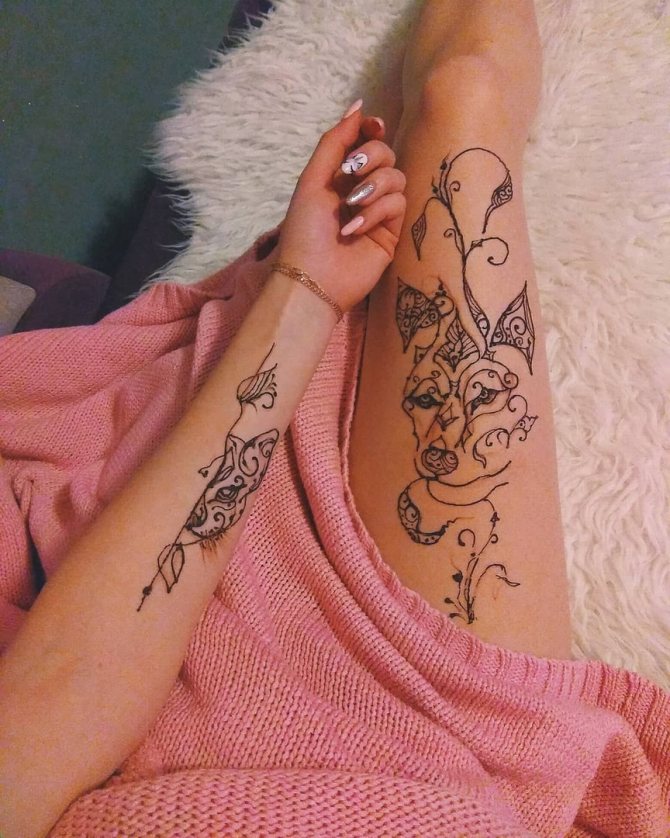

In mehendi, the wolf symbolizes loyalty, determination, speed and aggression. Its symbolism is most suitable for energetic people who hold large executive positions or leading their own business. Suitable for people with a strong character. It is applied mainly by men.
What is mehendi?
Mehendi (also - mendi) is a special way of self-expression. In the ancient world, by drawing pictures and symbols on the body, women wanted to protect themselves from the dark forces, and to attract love, happiness and wealth in their lives. Orthodoxy has a negative attitude towards this tradition because it came from pagan tribes. However, modern girls do not attach great importance to this prohibition.
Mehendi drawing technique
Before starting to apply mehendi, the master of mehendi de-greases the skin. Usually, an alcohol solution is used for this purpose. Then the place where the picture will be applied, wiped with a special oil, which allows you to save the temporary tattoo for a longer period and make it brighter. After that the artist proceeds directly to the creation of the image. To do this, he uses thin brushes or orange sticks, with which the henna paste is applied. The drying time of this composition is 40-50 minutes, after which it is removed with a special brush.
A large peacock feather on the back
How long does a henna pattern last?
With proper care, the henna pattern lasts for 2-3 weeks. In order to keep a temporary tattoo for a longer period, wipe it with freshly squeezed lemon juice immediately after application.
In case you need to wash off a henna design in a short time, use a soapy solution and a stiff brush.
flower with the om symbol on the palm
Contraindications to mehendi
This procedure has practically no contraindications. The only reason to avoid mehendi is if you are allergic to henna. In case you have an allergic reaction to one of the essential oils that make up the paste, please tell your master about it. In most cases, it is possible to replace it with another one that is safe for you.
peacock feathers on the hand
Meanings of inanimate drawings
Dreamcatcher
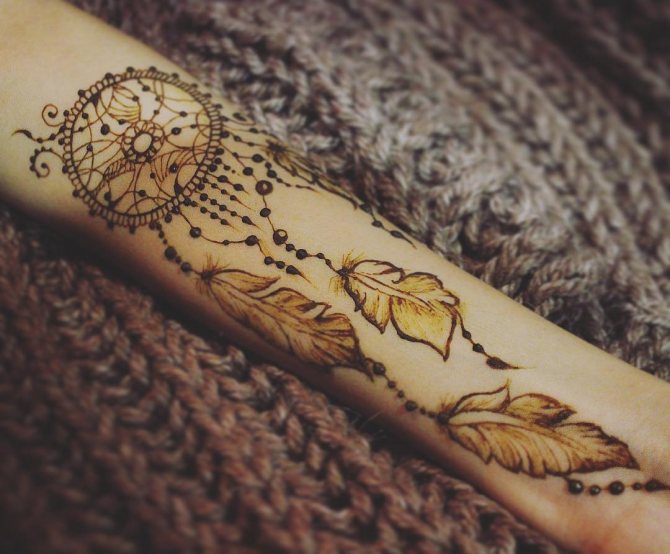

is preferred by people with extraordinary thinking, working in the creative sphere. The sign symbolizes magic, magic.
Lotus
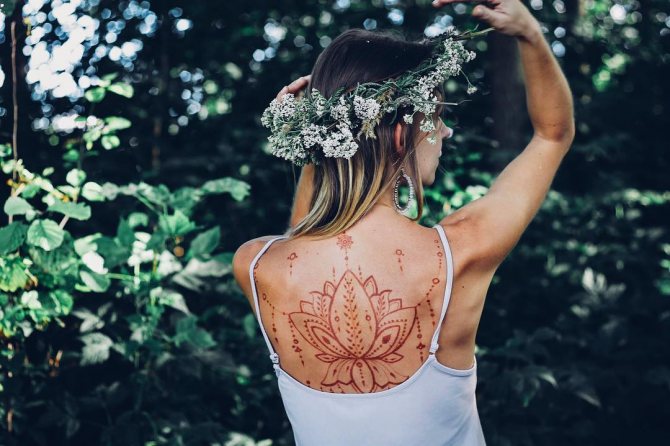

The Lotus in mehendi is a symbol of purity, spirituality and eternal life. Drawing is recommended for brides and pregnant women.
Sun
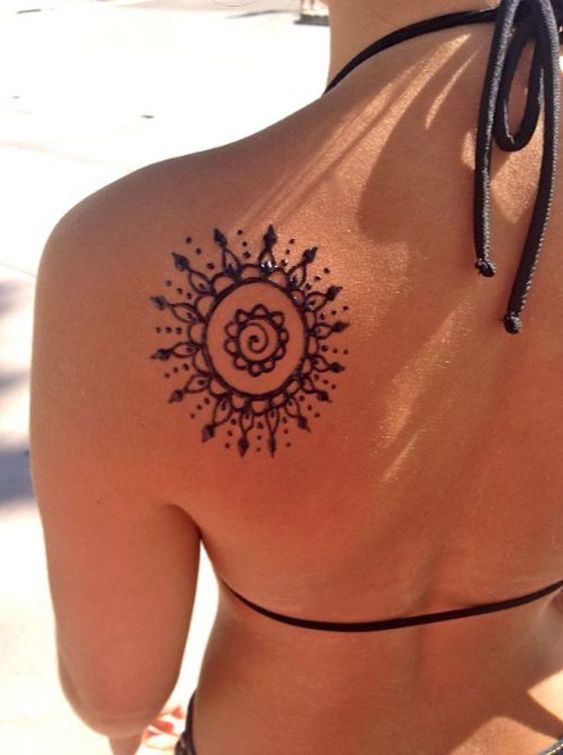

The sun in mehendi is a symbol of purity and faith. It is possible to apply the image to men and women. Suitable for individuals seeking new knowledge.
Moon
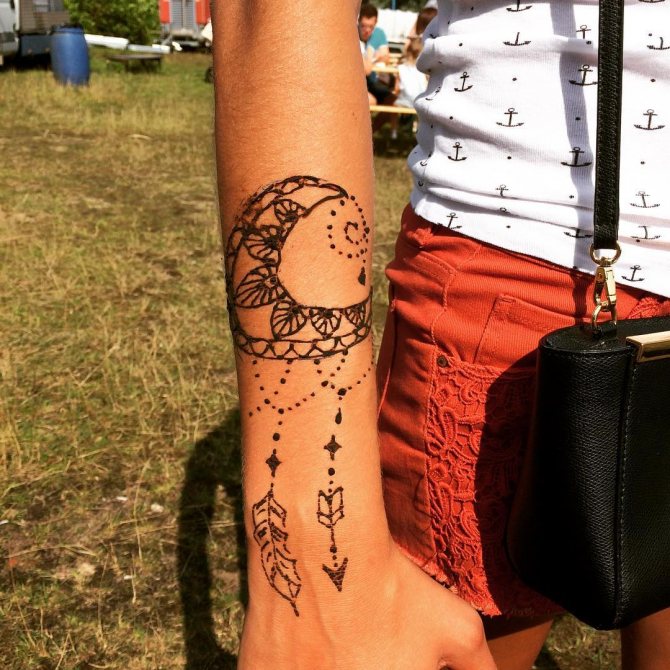

The moon in mehendi symbolizes mystery and secrecy. Considered to be a feminine symbol. It should be drawn on pregnant women.
Peonies
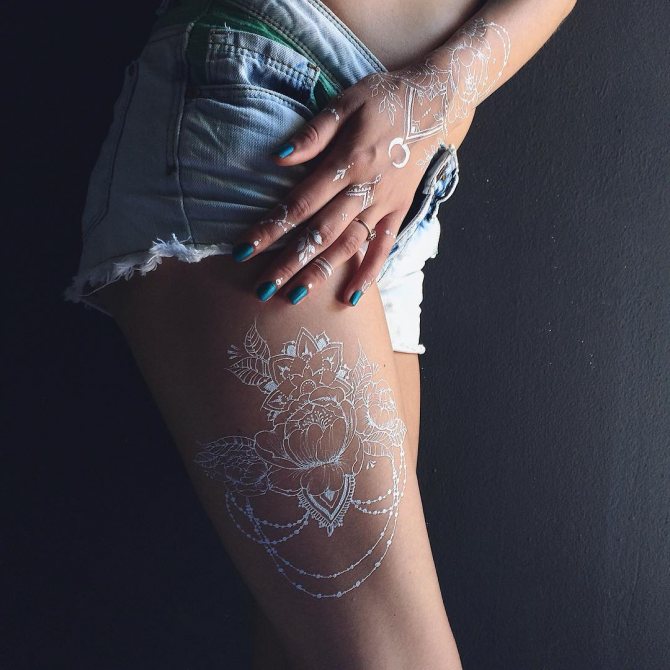

In mehendi, peonies symbolize prosperity and wealth. The drawing is suitable for wealthy individuals or those who want to get rich.
Crown
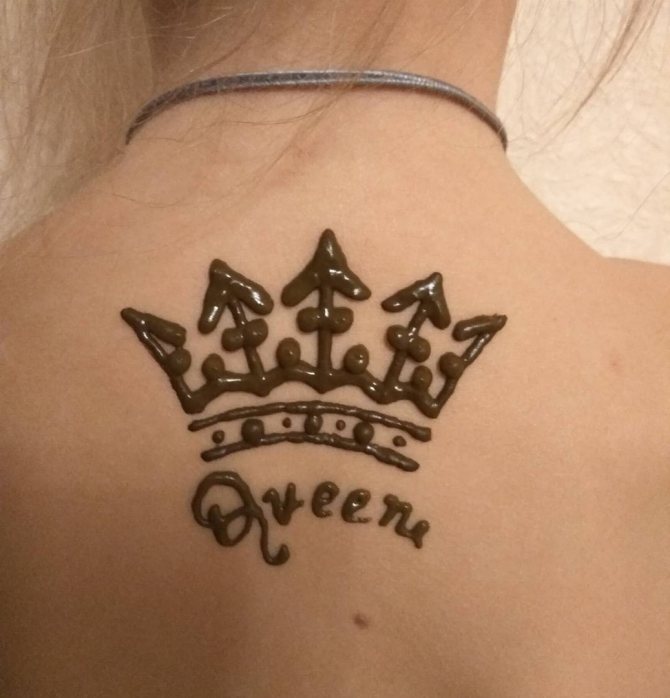

The crown in mehendi is a symbol of power. It is drawn to those wishing to assume a leadership position or to those who are already in a serious position of leadership.
Geometry
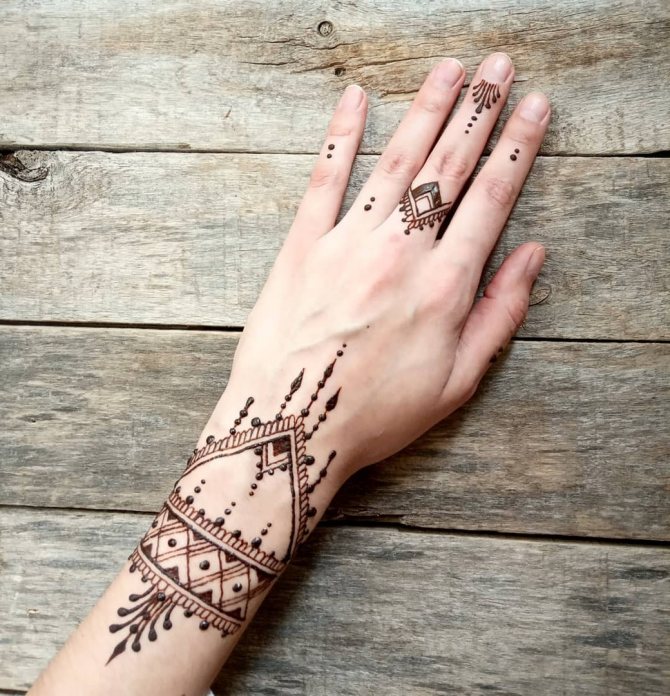

Geometry in mehendi is symbolism with depictions of geometric shapes. Depending on the pattern chosen, the meaning changes. The square is a symbol of balance, the triangle is an ancient, occult symbol denoting the unity of higher forces.
Cucumber
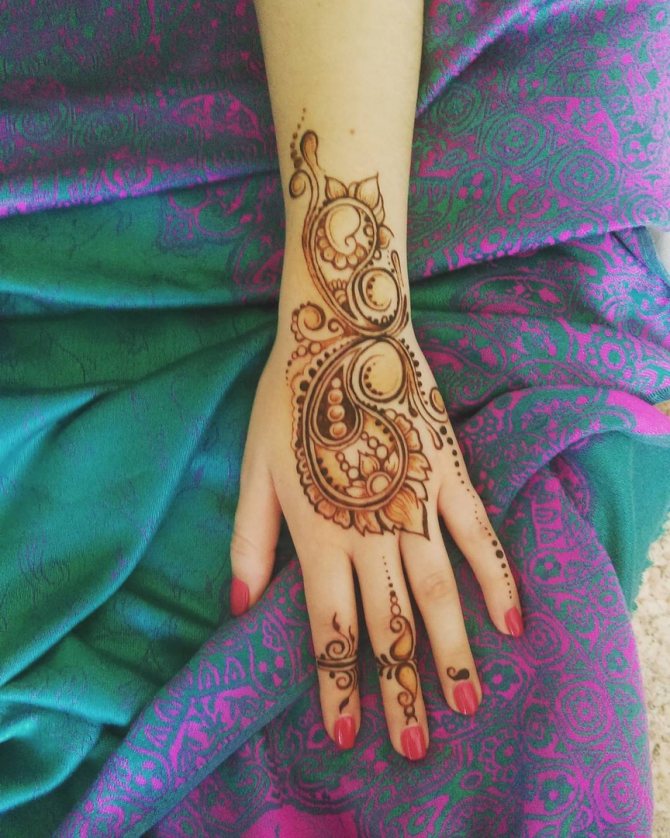

In mehendi, the Indian or Turkish cucumber has a special meaning. It is an oriental symbol of fertility, vitality and energy. Can be applied before important, solemn events.
Wings
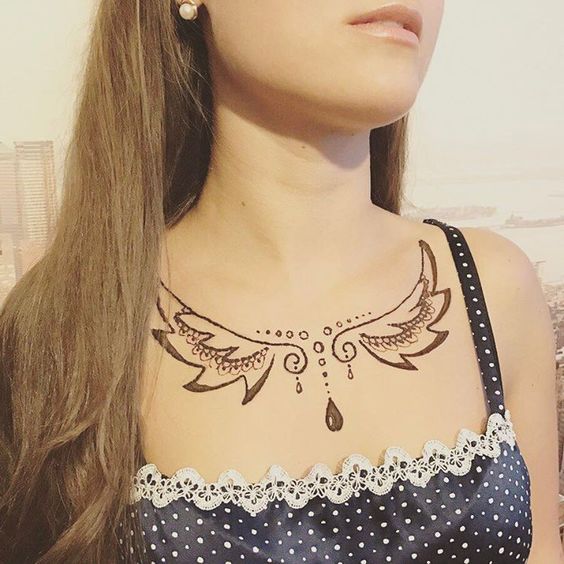

The wings in mehendi are a symbol of elevation. Applied to those who wish to conquer life's difficulties.
Om
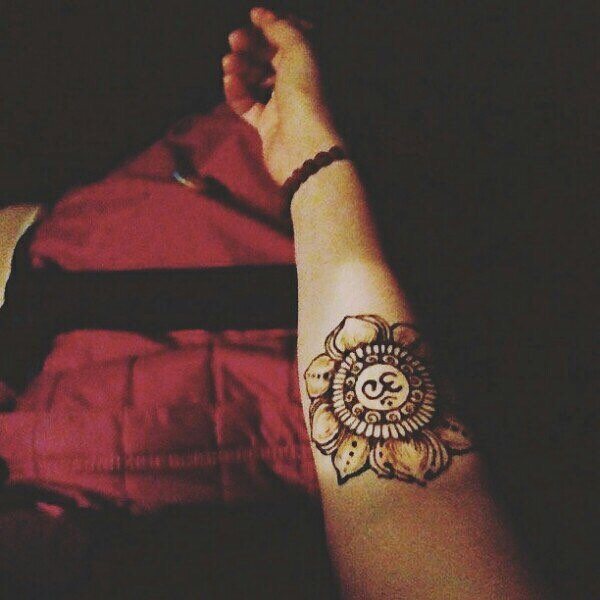

The Om sign in mehendi is a symbol of divine love. It can be applied to everyone, it is a good sign.
Eye
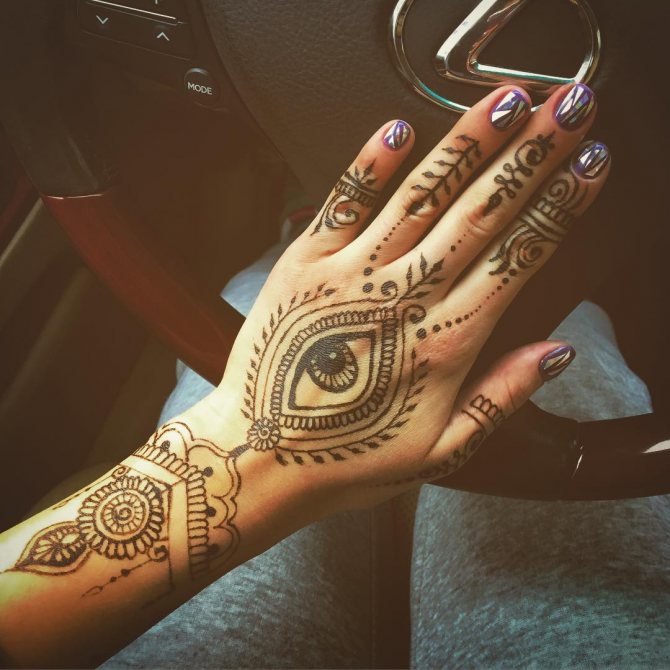

The eye in mehendi symbolizes wisdom and insight. Suitable for people engaged in mental activities.
How long does the mehendi last and how to properly care for the drawing on the body
Mehendi Can be worn on the skin for up to a week to a month.. It depends a lot on: the area of the skin where the painting is done; how often the skin is exposed to water; and the color of the paste. White and black mixtures are said to wash off faster.
For mehendi to last as long as possible, you should be aware of some nuances:
- After the drawing is applied, you should try to avoid getting water on this area of the skin. That is why it is better to do mehendi in the evening and go to bed without taking any water procedures before going to bed.
- The next day for the fixation of the pattern you can rub into it oil - special for mehendi, almond, sesame or mustard oil.
- Patterns during bathing or showering is better not to soap and not to rub, and just rinse the place of bio-tattoo with water.
- It is desirable to wipe the pattern with the same oil before water procedures.
- Rather popular is the application of mehendi in tattoo salons directly on vacation. Henna is washed off faster if in the first days after its application to splash in salt sea water.
- Intense sweating also helps to shorten the "life" of the mehendi.
- Mehendi paintings last longer on ankles, nape of the neck and wrists.
- It is advisable to depilate and peel the skin areas that you want to decorate with henna patterns shortly before applying mehendi. Even and smooth skin makes bio-tattoos look more beautiful and they last longer.
For some people mehendi is a tradition, for others - a faithful talisman, and for others - a tribute to fashion and a way of self-expression. But the fact that it is an amazingly beautiful, worthy of genuine admiration art, does not cause the slightest doubt.
Lotus
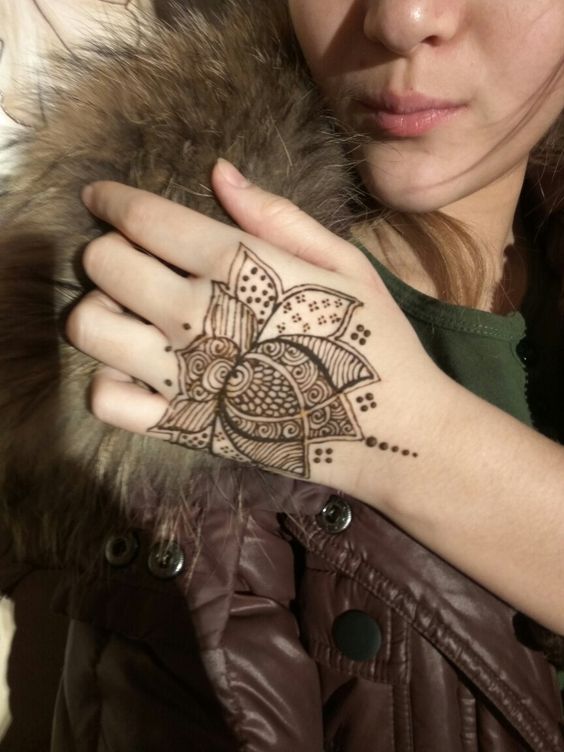

One of the most popular and beautiful drawings in mehendi. The lotus flower is the most revered flower in Indian culture. It is generally believed that the lotus is the embodiment of the human soul, pure and chaste, which strives to rise from the marsh to the heavens.
The drawing of the lotus has many meanings:
- Immortality, rebirth and rebirth;
- spiritual growth and development;
- femininity, family happiness (home is a full cup);
- beauty;
- purity and chastity;
- perfection.
When to apply henna drawings
Henna drawings on the body in modern India are ritual for a wedding ceremony. They are applied to women who are preparing for a wedding. The color used is red.
It is believed that the darker and brighter the drawing, the stronger the love will be. The longer the drawing lasts, the longer the happy married life will last.
But here's the paradox, the darker the henna, the less it lasts because they add ash from local trees.
After the wedding, the Indian woman is exempt from domestic work as long as the drawing is visible on her hands. This is perhaps the only time when Indian woman rests after the wedding..
But often Indian women apply henna drawings in everyday life as well, ...just for decoration......for the holidays, for example.
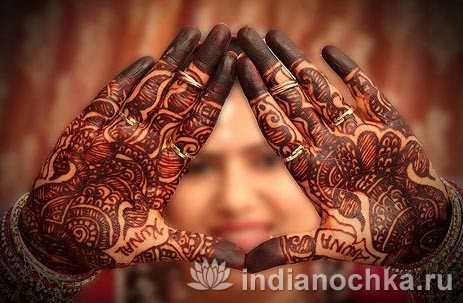

In classical Indian dance... the hands play one of the leading roles. And, as a rule, the hands are decorated with henna patterns. They use different ornaments and patterns. In each direction, they have their own peculiarities.
Traditionally, the hands of Indian women are painted from the tips of the nails to the wrist and sometimes much higher. The drawing is applied on both sides of the hand, that is, on the palm and the outer side. The nail part of the phalanx, as a rule, is painted completely. And then the skill and scope of the artist's creative thought.
Indian henna tube for applying patterns to the body
The application of henna is used to:
- body decoration,
- to ward off the evil eye and evil spirits,
- cooling the body in the blazing sun,
- to disinfect the skin,
- to perform various rituals,
- holidays.
White mehendi on the arm: photo
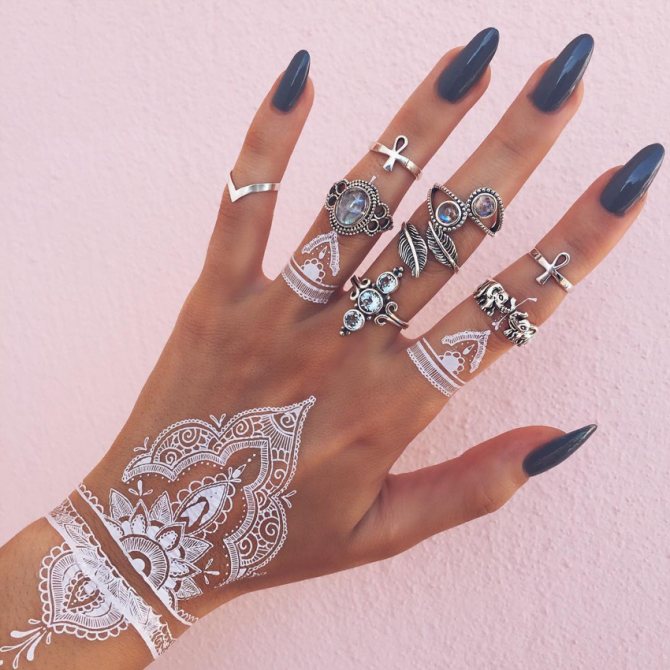

White mehendi on the arm
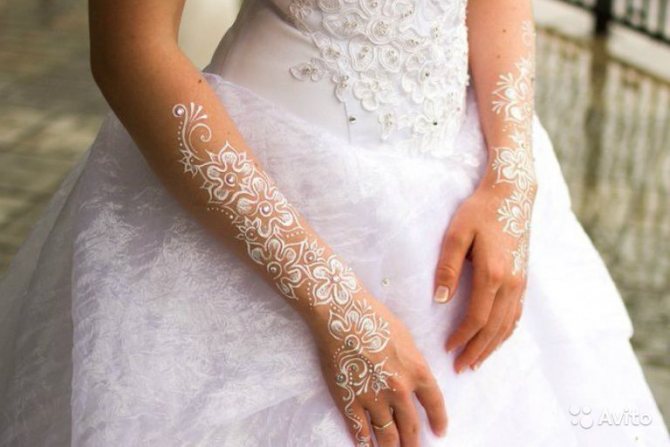

White mehendi on the arm White mehendi on the arm
White mehendi is made with white acrylic paint, called glitter. This paint is made without using henna, because such a drawing will not last as long as one made with henna.
Cat
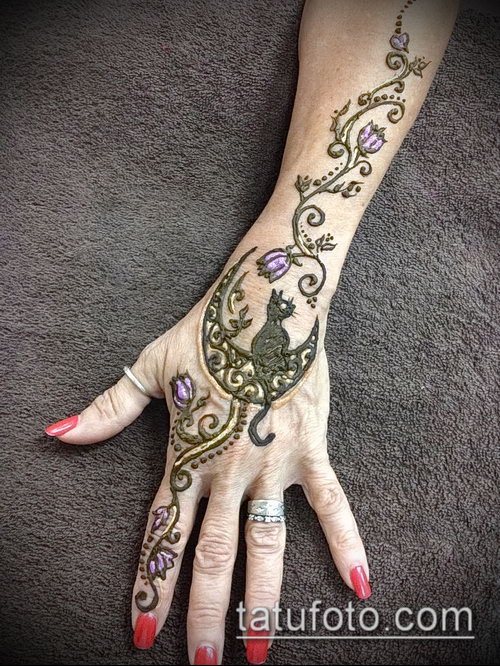

Read also:
Who is your boyfriend really? It can be counted!
Mehendi cat is not only a body decoration, this symbol gives the wearer mystery, grace, and endows with sensitivity and intelligence.
Nowadays the picture of a cat has many variations.
- Black cat - gives good intuition, almost magical powers.
- Egyptian cat - gives confidence, makes an ordinary girl almost a goddess. It is depicted with an elongated silhouette, pointed muzzle, sometimes with wings and Egyptian symbols on the forehead and neck;
- Jumping cat - symbolizes grace, movement, life, the ability to get out of difficult situations and always land on 4 paws, even if fallen;
- The hissing cat - characterizes a strong, commanding nature, which can always stand up for itself and for others.
Mehendi symbols and designations
- Flowers - The joy and happiness of the day.
- Liana - Perseverance, tenacity.
- Fruit - eternity, immortality, happiness, joy.
- The symbol of the lotus has many meanings, chief among them are life and happiness.
- Sink - a symbol of protection from trouble and suffering.
- Fish - Love, desire.
- Grains (dots) Symbolize fertility, life itself and its beginning.
- The whip - A symbol of dignity, self-control.
- A bow and arrow - victory over difficulties, a happy marriage.
- Chariot - Sophisticated mind, wisdom, knowledge.
- Sun represents the divine power, the gate of knowledge and immortality, through which life comes into our world.
- The moon (crescent moon) Symbolizes the unearthly beauty of women.
- The star - Hope and divinity.
- Trident - Symbol of energy, ambition.
- The circle - Symbol of integrity.
- Square - stability.
- Triangle - Protection from disease, anxiety, and natural disasters.
- Disc (symbol of Vishnu). - In women means chastity, in men masculinity, courage.
- The cross symbolizes the connection between heaven and earth.
- Octagon or octagon - If composed using two squares, is a symbol of protection. In Hinduism there are eight doors, eight parts of the day.
Nowadays, henna hand drawings wear the most intricate patterns using different styles, such as: Arabic, Indian, Pakistani, Middle Eastern, North African, Indonesian and South Asian.
The designs Sometimes colored rhinestones are added.That looks very effective, especially in the combination of outfits using shisha embroidery. Henna is used in different colors: white, with various shades of red, black, etc., both in combination and individually.
Interesting Facts
- In India, there is a rule stating that it is forbidden for children to attend school with mendi and jewelry.
- And there are special courses where they teach the art of henna painting. This allows graduates to acquire a profession and earn on it.
- There are specialized salons where they apply henna drawings to clients from the age of 3-4.
If you find yourself in India in the spring, you will be able to see the colorful and fun festival of Holi.
You can see the weather in India in March here.
Equally interesting is the Diwali festival in India, which lasts for 5 days. Read more:
